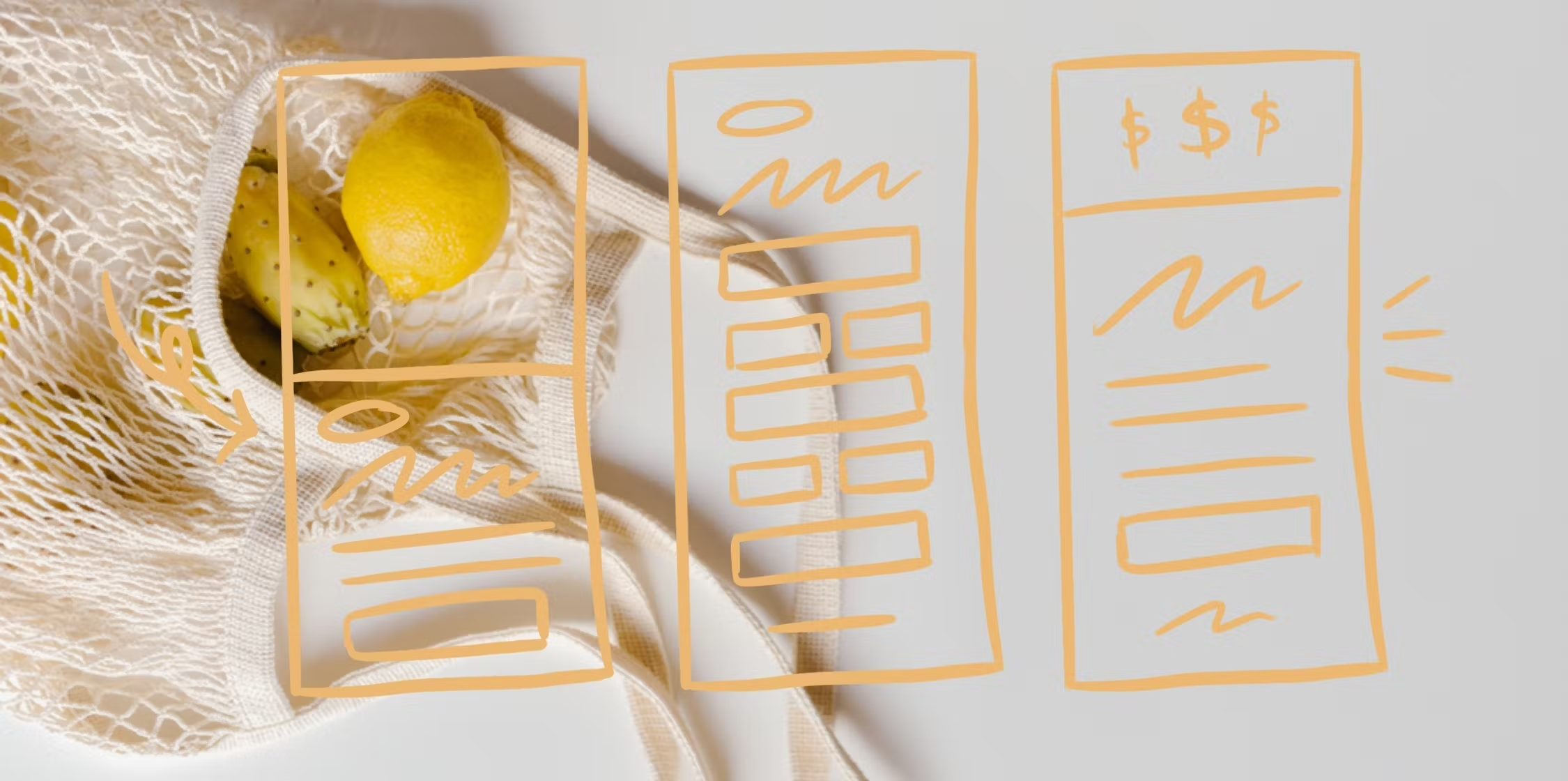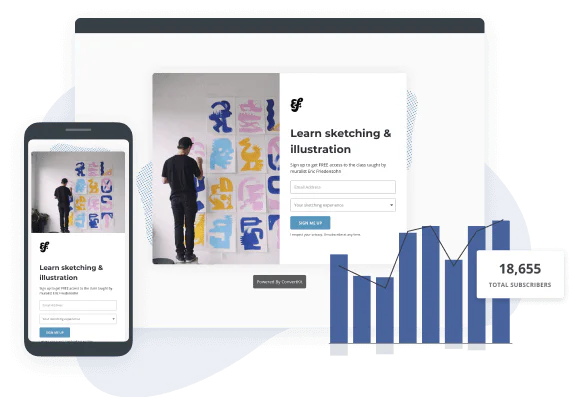12 outstanding product landing page examples that convert visitors to clients
Updated: October 11, 2024
19 min read

Create a free landing page that converts
landing pages were designed by world-class pros to be fully customizable and give you the quick data to improve your conversion rates and grow your business.
Create a free Kit account
Komal Ahuja
Komal is a freelance B2B SaaS writer who specializes in writing data-driven blog posts around marketing, sales and eCommerce. When she's not writing, you can find her enjoying her hoop flow or creating content for freelancers on her socials! (Read more by Komal)


